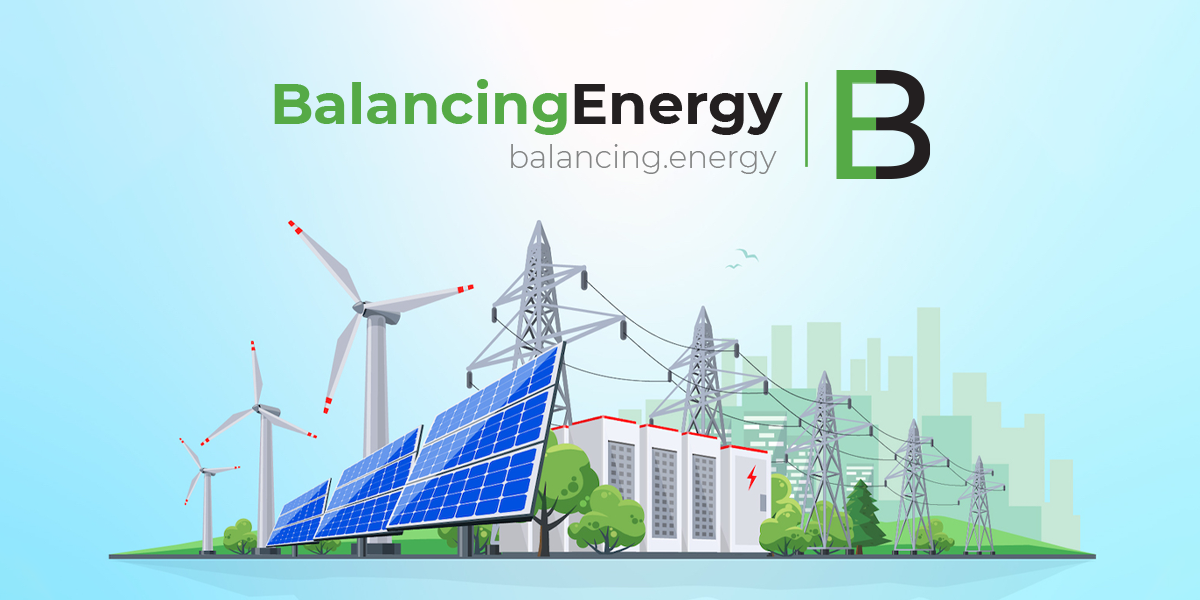In Serbia, the development of wind parks is subject to specific environmental regulations that are crucial for securing project financing. These requirements align with national legislation and international standards, reflecting Serbia’s integration with European Union directives. Here’s a summary of the key environmental prerequisites for wind park development and their implications for financing.
Key environmental requirements
- Environmental Impact Assessment (EIA)
- Mandatory requirement: An EIA is essential for wind projects exceeding 50 MW or those likely to significantly impact the environment. This assessment must be completed prior to project approval.
- Comprehensive reporting: The EIA report must address impacts on flora, fauna, water resources, air quality, noise, landscape and cultural heritage, requiring approval from the Ministry of Environmental Protection or a competent authority.
- Strategic Environmental Assessment (SEA)
- SEA Requirement: For projects linked to broader spatial plans, a Strategic Environmental Assessment is necessary to evaluate regional or national environmental impacts.
- Nature protection & biodiversity
- Protected areas consideration: Projects must avoid or minimize impacts on protected areas, including national parks and Natura 2000 sites. Additional permits and mitigation strategies may be needed for developments near these zones.
- Monitoring wildlife: Developers must conduct pre-construction monitoring of avian and bat populations, implementing mitigation measures during migration seasons.
- Water and soil protection
- Projects must prevent pollution of water bodies and soil degradation, managing runoff, construction waste, and implementing soil restoration plans.
- Noise & visual impact
- Compliance with noise regulations: Developers must adhere to local noise regulations, particularly in residential areas, with noise studies included in the EIA.
- Visual impact mitigation: Careful site layout and turbine selection are recommended to minimize negative visual impacts on the landscape.
- Public consultation & community engagement
- Public consultations are mandatory during the EIA process, allowing local communities and stakeholders to provide feedback. Addressing community concerns is essential for project approval and financing.
Preconditions for financing
Wind park developers must demonstrate compliance with both national and international environmental standards to secure financing. Financial institutions, particularly those following the Equator Principles or IFC Performance Standards, require:
- Environmental permits & EIA Approval: Confirmation that all necessary permits and approvals have been obtained, ensuring compliance with environmental regulations.
- Sustainability and risk assessment: Comprehensive assessments are necessary for institutions like the European Bank for Reconstruction and Development (EBRD), which emphasize sustainability.
- Mitigation measures & management plans: Robust environmental and social management plans (ESMPs) must be in place to address potential impacts identified in the EIA.
- Community acceptance & social license: Proof of community support is vital, especially in cases involving land acquisition or resettlement.
- Adherence to international standards: Compliance with frameworks such as the EU Habitats Directive, Birds Directive and the Aarhus Convention for public participation.
Meeting these environmental requirements is essential not only for securing necessary permits but also for obtaining project financing. Lenders increasingly prioritize sustainability and compliance with environmental, social and governance (ESG) criteria, making these prerequisites critical for the success of wind park developments in Serbia.
Powered by:










